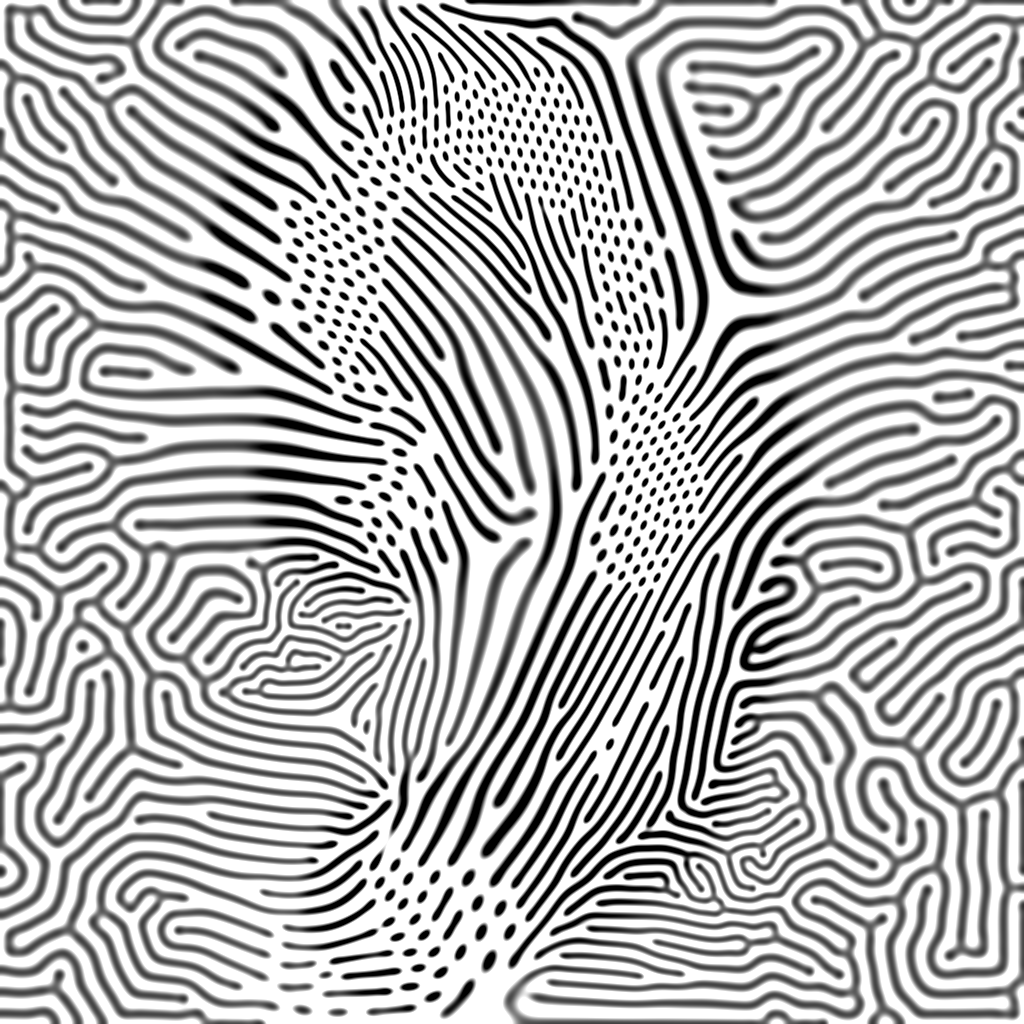Summary: Diffusion models in machine learning are derived from the statistical concept of diffusion processes. These models describe how particles spread from areas of high concentration to areas of low concentration over time. Reaction-diffusion systems are a way to explain how things change and move around, such as the mixing of paints on a piece of paper. Diffusion models in AI and ML involve gradually adding noise to data and then learning to reverse this process. UNET is a convolutional network architecture used in image segmentation and other image-to-image translation tasks. It consists of an encoder-decoder structure with skip connections and allows for manipulation of the latent space. Training with noise helps improve the denoising capabilities of UNET. The combination of diffusion models and UNET has led to impressive results in AI-driven image generation.

Understanding the Core Processes Behind Generative AI
Diffusion Models
The concept of diffusion models in machine learning is inspired by the statistical concept of diffusion processes. In simple terms, diffusion is the way particles spread from areas of high concentration to areas of low concentration over time. This can be seen in various natural phenomena, like how chemicals mix and create new colors on a piece of paper. Diffusion models are a set of rules that describe how these processes happen in nature, such as how patterns form on animal skins or how pollution spreads in the environment.
Why is this useful?
Diffusion models have practical applications, like designing shoes with unique patterns. But beyond that, they can be used to simulate and understand diffusion events in many different areas, such as chemistry, biology, and environmental science. In the realm of generative AI, diffusion models work by gradually adding noise to data and then learning to reverse this process. This helps in tasks like generating images from textual descriptions or transforming one image into another with certain stylistic changes.
UNET
The UNET is a convolutional network architecture used for fast and precise segmentation of images. It was originally developed for biomedical image segmentation but has found applications in other fields as well. The UNET consists of an encoder-decoder structure, where the encoder zooms in on the most essential parts of an image and breaks it into smaller parts, while the decoder redraws the whole picture with all the details. Skip connections are used to retain important details that might be lost during the encoding process. The UNET can also manipulate the latent space, which is like a recipe for baking a cake, to create different but related results. During training, noise is added to images, and the UNET is trained to predict and identify this noise accurately. As the UNET improves, it becomes better at generating clean images from noisy data. This noise handling and manipulation capability of the UNET enhances the diffusion process, allowing for the creation of high-quality synthetic images.
Implementing AI Solutions for Your Company
If you want to evolve your company with AI and stay competitive, consider integrating diffusion models and UNET into your workflows. Here are some practical steps to get started:
1. Identify Automation Opportunities: Find key customer interaction points that can benefit from AI and automation.
2. Define KPIs: Ensure that your AI endeavors have measurable impacts on business outcomes by setting clear Key Performance Indicators.
3. Select an AI Solution: Choose tools that align with your needs and provide customization options to meet your specific requirements.
4. Implement Gradually: Start with a pilot project, gather data, and expand the use of AI gradually to ensure successful integration and adoption.
For AI KPI management advice and insights into leveraging AI, connect with us at hello@itinai.com. Discover how AI can redefine your sales processes and customer engagement with our AI Sales Bot at itinai.com/aisalesbot. This solution automates customer engagement 24/7 and manages interactions across all stages of the customer journey.
List of Useful Links:
- AI Lab in Telegram @aiscrumbot – free consultation
- Diffusion Models: How do They Diffuse?
- Towards Data Science – Medium
- Twitter – @itinaicom


























